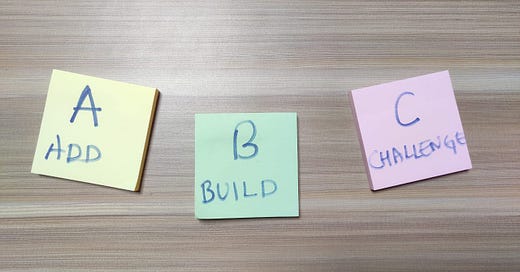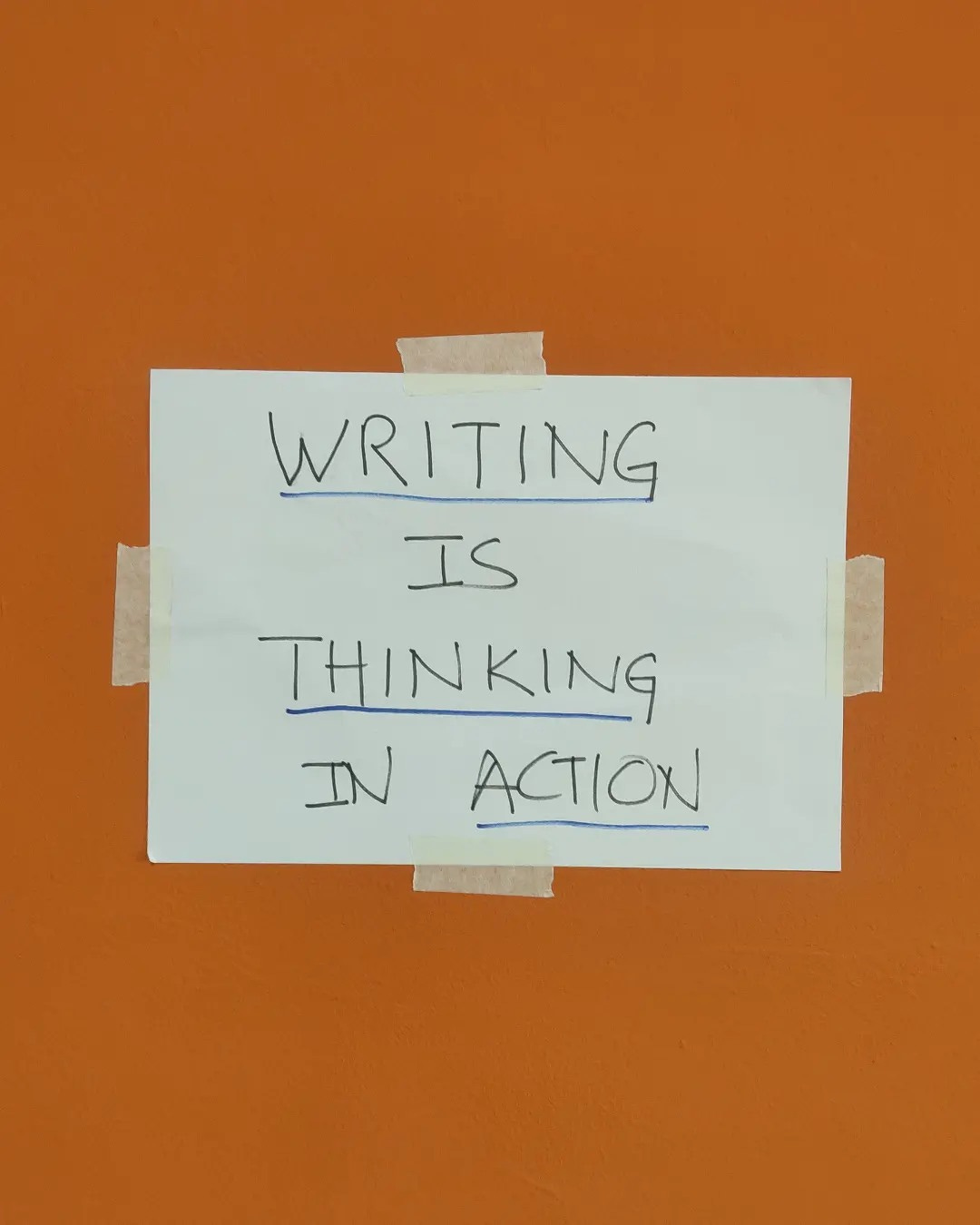The Usual Complain:
I have heard this complain from a lot of teachers, a lot of time.
“आजकालका विद्यार्थीहरु सोच्नै जान्दैनन्। केहि प्रश्न सोध्यो भनि पनि टवाँ परेर बस्छन्। बोली हाले पनि अन्ट सन्ट जवाफ दिन्छन्। के गर्ने होला यी विद्यार्थीहरुलाई?”
“These days students don’t know how to think. If you ask them a question, they will just blankly stare right back to you. Even if they speak, their answers are all over the place. What do we do with these students?”
Honest confession: I used to get super frustrated too. I throw a question. Or I tell them to give feedback. Or I ask them to comment on a video. All I would get is superficial responses with ideas all spread out.
Or even when I asked them some versions of “Do you have any questions?” or “What questions do you have?” or “Give me three questions about what this?”, I could never get anything satisfying.
And, I blamed the students. Obviously.
The Turn Around:
I stumbled into this wonderful concept, the habits of discussion, shared by Doug Lemov in his twitter. And, boom: the major revelation dawned on me immediately:
Students need modeling and structures on how to think and ask better questions.
Did I ever demonstrate on how to think? On how to form questions?
Did I ever give them the fundamental structures on how to think? On how to form questions?
Not really.
Since I’m teaching grad/undergrad students, my initial assumption has been that these adults know how to think and respond. They must have learned it in their bachelors or high school years.
So I would expect them right away to act like “critical” thinkers.
The ABC Ritual:
First, I started insisting on “writing” not thinking. Mandatorily. If a student is not writing, he or she is not thinking. I started demanding the evidence of thinking.
Then, I shared the ABC structure and modeled it for them. What a simple yet powerful structure!
ADD - BUILD - CHALLENGE:
Here’s how this ritual works:
For instance, students just watched their friends deliver a presentation. Now their task is to do the ABC.
ADD at least a new point or an example relevant to the presentation.
BUILD on one of the points or the examples, expand or elaborate.
CHALLENGE one of the points or the examples by sharing your push back, disagreement, or by asking questions for further clarification or elaboration.
First, I do this for them. I do a lousy ABC and then a better version. And, it’s their turn. I make sure that they are thinking hard and doing A, B, and C.
Initially, students get stuck in the Challenge part. Most will say, “I don’t have any questions.” And most of the times, it’s their inability to form questions.
Here I model again, giving them structures of different types of questions. The usual closed ended and open ended ones.
Newsflash: You can use this ritual in any subject !
A Lot of Work:
In the beginning, it IS a lot of work. However, with daily modeling and practice, this becomes an automatic habit.
All I have to instruct is: “Alright, let’s ABC on this one.” And watch the students engaged in deeper discussion and sharing.
The quality of ABC increases when the students’ understanding of the content increases, and vice versa.
This is definitely one of the most effective ways you can use to help your students think better, ask better, and share better.
From the earlier post:
I’ve written about Rules, Routines, and Rituals in this post as well.
Classroom Management is the Last Thing...
A REAL problem all teachers face: One of the most common challenges almost every teacher faces almost every day is classroom management and handling student misbehavior. In the almost 8 years of working with other teachers as a teacher developer, I’ve heard this from teachers again and again.







This is why i joined substack to hear new voices in education. Enjoyed reading this and have subscribed. Hope you get a chance to read one of my posts and consider subscribing if your enjoy it.
https://open.substack.com/pub/richardwheadon/p/falling-in-love-with-the-process?utm_source=share&utm_medium=android&r=j1gbj